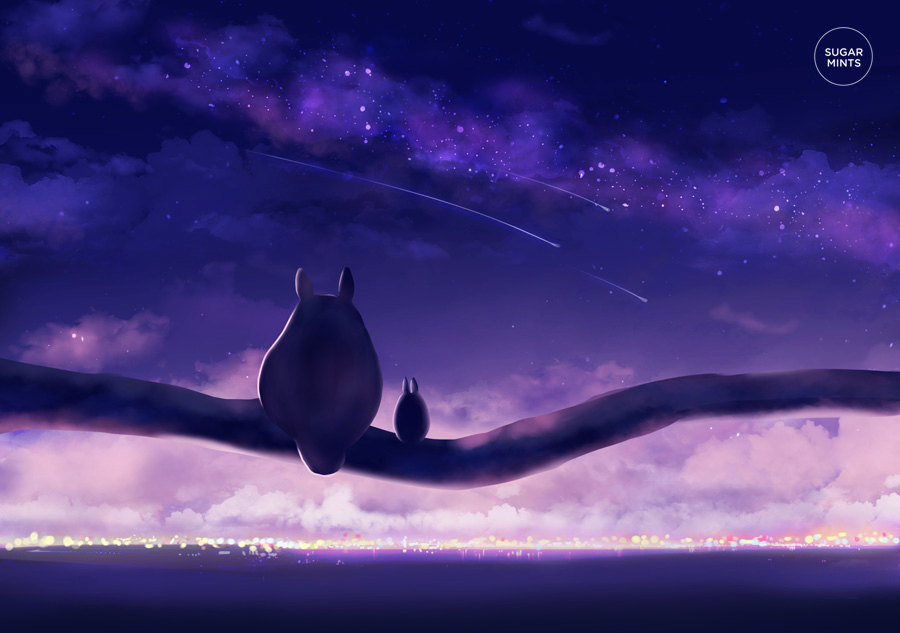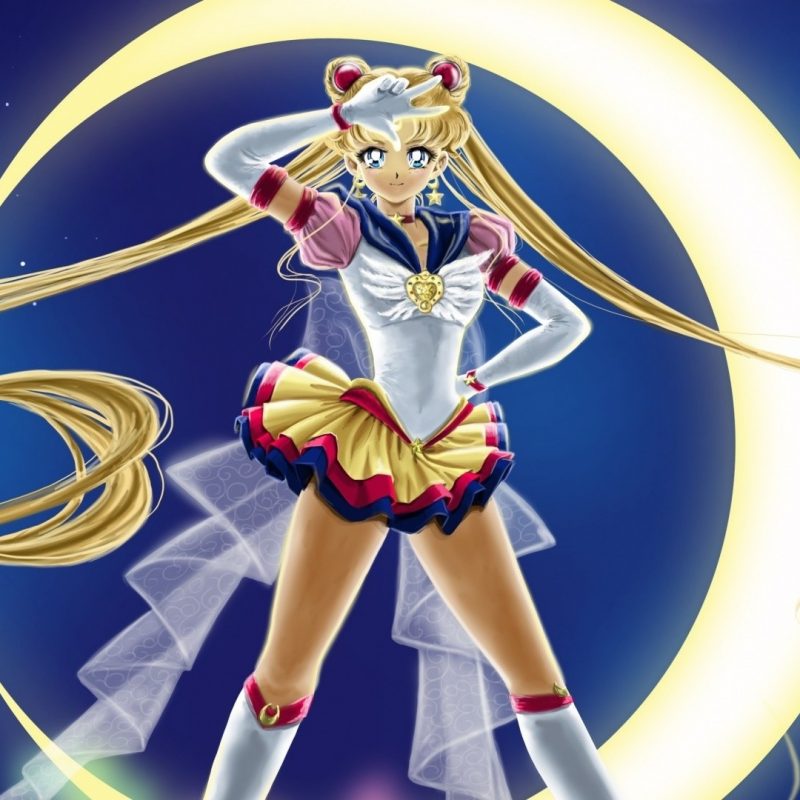

The other girls have their own romantic misadventures Minako, in particular, had an ill-fated romance during the events of Codename: Sailor V. The second season of the anime, Sailor Moon R, even saw Usagi and Mamoru meeting their future daughter Chibiusa - who becomes Sailor Chibi Moon. Usagi would find love in the arms of her classmate Mamoru, who is secretly the mysterious Tuxedo Mask. Along the way, Usagi is joined by four other Sailor Senshi: Minako Aino, who had been secretly fighting evil as Sailor Venus (and served as the protagonist of Codename: Sailor V) Rei Hino, a priestess-in-training who became Sailor Mars highly intelligent Ami Mizuno, who became Sailor Mercury and finally Makoto Kino, a rough and tumble tomboy who became Sailor Jupiter.īut perhaps the biggest element that ran throughout Sailor Moon was the theme of love, and how different characters approached it. 14-year-old Usagi discovers a black cat named Luna - who happens to be able to talk! Luna is searching for the Moon Princess Serenity and asks Usagi to become one of the Sailor Senshi in order to battle the forces of the Dark Kingdom and their leader Queen Beryl.
#SAILOR MOOM SERIES#
The Sailor Moon series was created by Naoko Takeuchi, following her work on the Codename: Sailor V series. To fully examine Sailor Moon's impact, we have to go back to the year 1991 and the genesis of the manga, and how it completely upended the entire shoujo genre in the process. Since its inception, the adventures of Usagi Tsukino and her fellow Sailor Soldiers has captured the attention of a generation and inspired other works, both East and West. However, on May 16, 2014, North American manga and anime distributor Viz Media announced that it had acquired the Sailor Moon anime series, as well as the three films and specials for an English-language release in North America, allowing Viz to restore the removed content from the first 89 episodes.Sailor Moon, one of the most popular anime series on the planet, celebrates its 30th anniversary this year. This left DiC's dubs out of print and the prospect of an uncut dub extremely unlikely. On June 1, 1998, reruns of the series began airing on Cartoon Network's weekday afternoon programming block, Toonami, allowing the series greater exposure and greater success.įor many years, Toei Animation and Kodansha declined to renew any Sailor Moon licenses worldwide beginning in 2003. in morning and afternoon timeslots which Anne Allison describes as unsuitable for the target audience. airing struggled in early morning "dead" timeslots the series originally aired in the U.S.

Despite moderate success in Canada, the U.S. The first series premiered in Canada on Augon YTV and in first-run syndication in the U.S. DiC's edits have received much criticism from fans, going down in infamy for their often poor attempts at censorship. Toei also had to approve all of the changes, often without consulting Naoko Takeuchi. The deaths of the Sailor Senshi were explained away as them having been "kidnapped" by the Negaverse, something which confused fans who had never seen the original. The final two episodes had so much footage removed that they were merged into one episode. Homosexual characters, including Zoisite, Fisheye, Sailor Uranus, and Sailor Neptune were also censored, with the former two's gender changed from male to female, and the latter two being explained as relatives rather than lovers (leaving the subtext very awkward). Some scenes of brief nudity and bathing were also censored, and any type of violence including violence against children were also removed. Much of these changes included altering every aspect of the show from character names, clothing, scenes and dialogue of the show. Sailor Moon's original English release was the subject of heavy editing which resulted in large amounts of removed content and alterations that greatly changed the original work. Streamline Pictures founder and anime writer Carl Macek was originally hired as Creative Consultant but was fired early on due to creative differences with DiC's CEO Andy Heyward. Their adaptation was largely created to capitalize on the success of Mighty Morphin Power Rangers. The original music score was replaced with a new background score written by Bob Summers. As the anime was marketed as a children's show in North America, DiC had mandated cuts to content and length, which reduced the first 46 episodes into 40 (removing episodes 2, 5, 6, 20 and 42). The Mississauga, Canada-based Optimum Productions was hired to dub the anime. In 1995, after a bidding war with Toon Makers, who wanted to produce an American live-action/animated hybrid adaptation, DiC Entertainment licensed the first two seasons of Sailor Moon for an English-language release in North America.


 0 kommentar(er)
0 kommentar(er)
